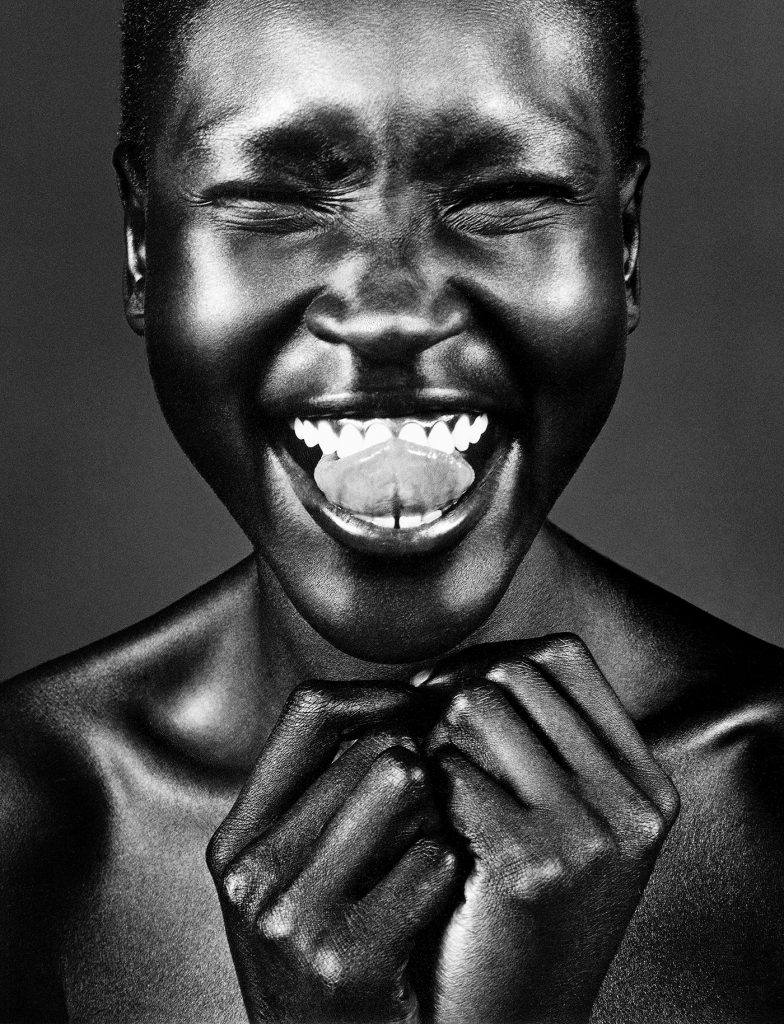There are fashion photographers, there are portrait photographers, then there are fashion photographers who also do portraits…
There are good photographers, very good ones, and famous ones…
Then there are star photographers more famous than the photos they take…!
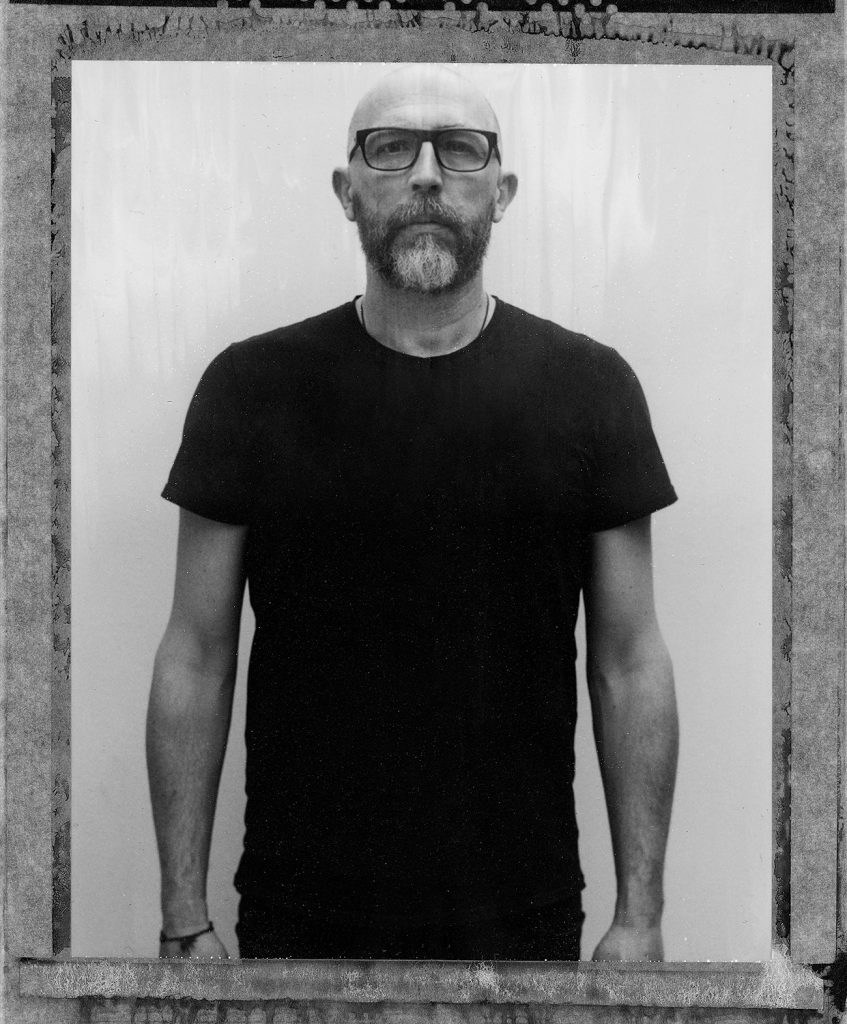
And then there are the good, very good, famous photographers that are artisans as well: they work in fashion, take portraits and even print them too. Just like in the good old days: dark room, acids, rafted paper hand-made by exceptional Japanese craftsmen who work cotton fibre to create sheets as thin as hosts, ready to faithfully, and even a little magically, reproduce what the eye of the artisan photographer was able to capture
in any given moment.
Max Cardelli is an artisan photographer. Milanese born in ’65, weaned on milk and fashion in the ’80s and’ 90s world capital of fashion, he’s worked for the biggest brands in the world, for the most important international newspapers, portrayed dozens of stars… yet still remains faithful to his destiny: to be a craftsman.
Of images, of course, but craftsman nonetheless.
Indeed, he handles the Platinum printing of his portraits himself.
This way he controls the intensity of the black, the nuances, and makes an originally two-dimensional work as vivid and three-dimensional as possible. The sensitivity and skill of the man that characterizes the moment of the shot extends onto the paper support, making each print truly unique.
Just as every single woman portrayed by Cardelli is unique, whether she’s famous or someone unknown to most.
These are the origins of the «Sguardi» («Looks») exhibition at the «7.24×0.26 Pier Giuseppe Moroni Gallery» in Milan, staged on invitation by Pier Giuseppe Moroni, Wella’s Artistic Director and sincere beauty enthusiast.
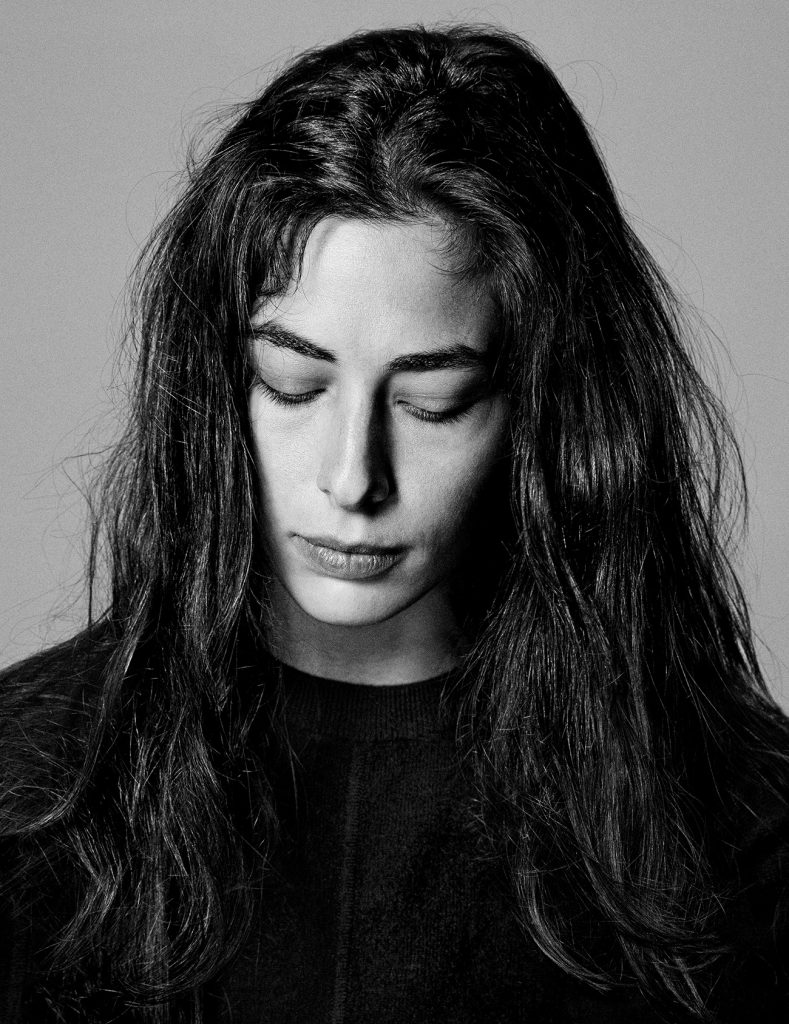
More than thirty portraits, strictly in black and white, strictly Platinotype chine-collè prints on Torinoko Gampi paper. One after the other, all the same size in the exact same neutral frame. Beauty made democratic because created by Max Cardelli’s lens. Every look, every expression, whether it’s Milla Jovovich, Valeria Golino or Felicity Jones, conveys beauty, well beyond the aesthetic meaning of the word.
After all, portraits have the ability both to attract the viewer and give back the feeling of being observed. It’s happened to everyone to stare at a portrait and feel its eyes on them. That’s the magic of the human gaze Max Cardelli knows how to capture so exceptionally.
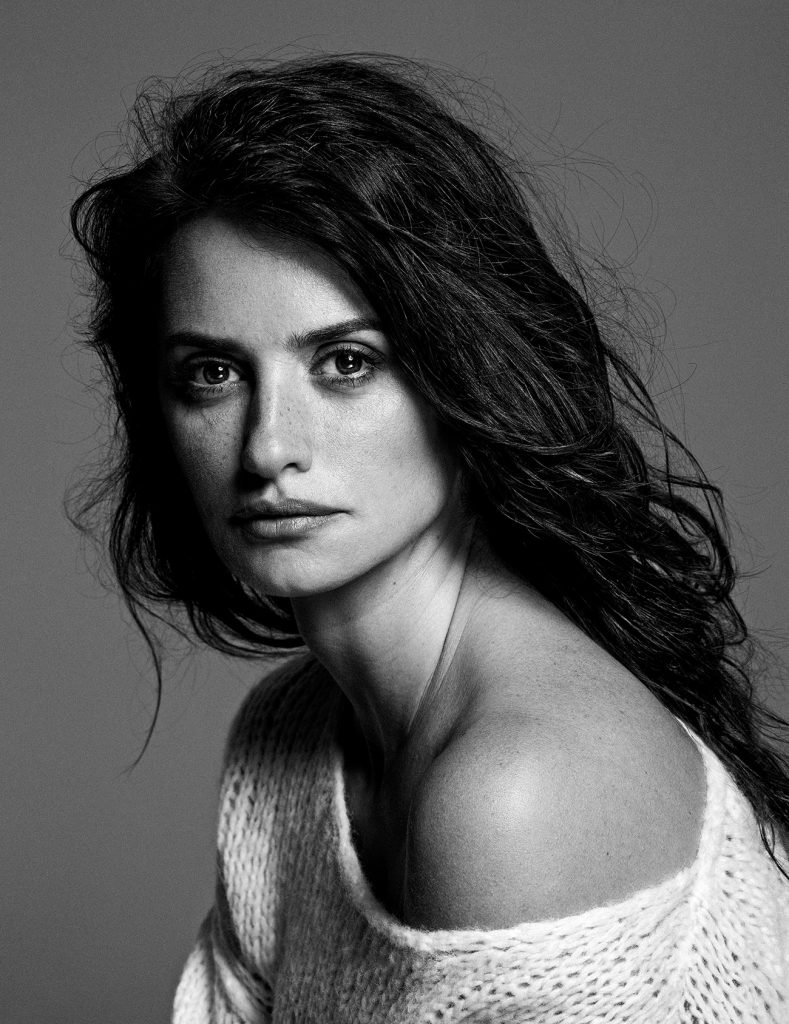
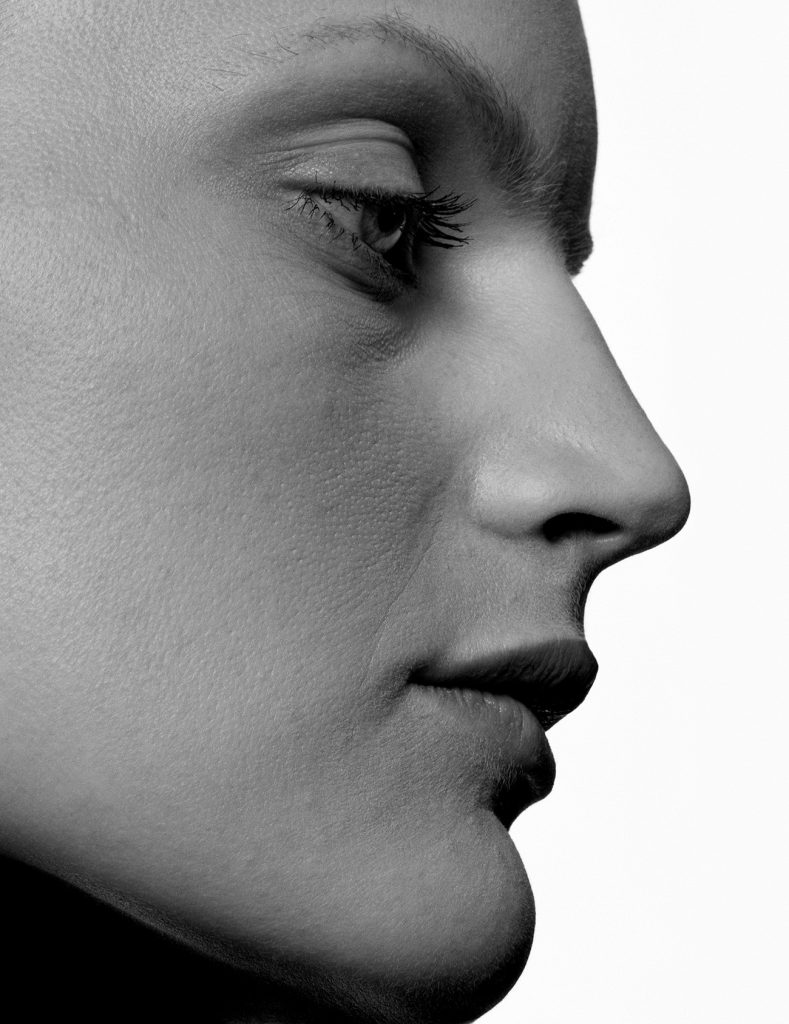
All photoworks of the exhibition are Platinotypes printed on Torinoko Gampi paper chine-collè on Graphia paper.
Modern platinum-palladium printing is an entirely handmade monochrome photographic process in which an image is formed by platinum and palladium metals. Appreciated for its permanence and subtle beauty, the platinum-palladium photographs are characterized by a surface that varies from a velvety matt to a lustrous sheen. The platinum-palladium emulsion has a unique response to light that produces an extended tonal range and a three-dimensional effect due to the absorption of noble metals in the paper. A tactile experience, therefore, as well as visual, with a sense of depth that this technique can give to image. This series of portraits is printed on Torinoko Gampi, a totally handmade Japanese paper (17g/m²) with an incredible pearlescent finish. It is often referred to as “the king of paper” due to its long and very fine fibers. Creating Gampi is a slow and arduous process that dates back to the 8th century AD. The Gampi bush, found in the mountainous and warm areas of Japan, cannot be cultivated and is therefore the rarest and most expensive paper (Washi) of the three Japanese fibers (Gampi, Kozo and Mitsumata). The photographs were then finished in chine-collé on Graphia paper (pure cotton, 310g/m²).

